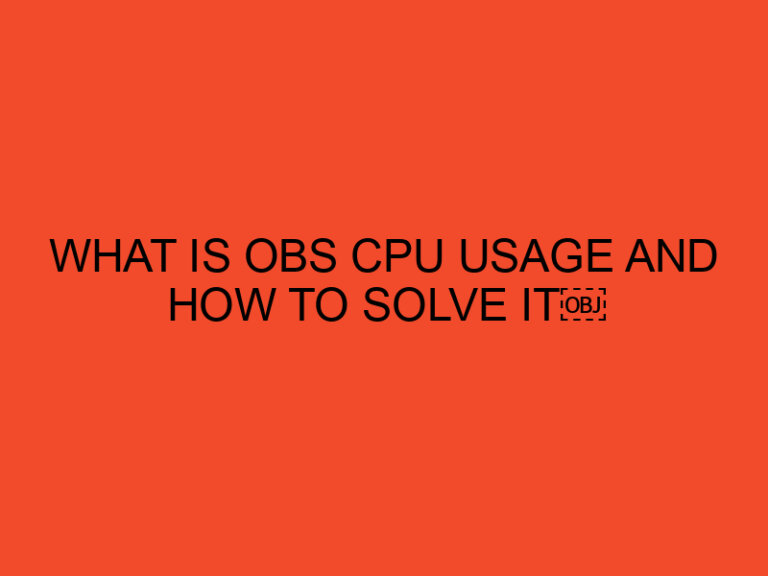In today’s rapidly advancing technological landscape, it is essential to understand the various components that make up our computing systems. One such component is the Client-Server Runtime Process GPU, often referred to as CSRSS GPU. This article aims to provide a comprehensive overview of CSRSS GPU, its role, and its significance in the world of computing.
Table of Contents
- Understanding Client-Server Runtime Process (CSRSS)
- The Role of the GPU in Computing
- What is Client-Server Runtime Process GPU?
- How CSRSS GPU Enhances Performance
- Key Features of CSRSS GPU
- Benefits and Applications of CSRSS GPU
- Common Challenges and Troubleshooting
- Future Developments in CSRSS GPU Technology
- Conclusion
- FAQs
Understanding Client-Server Runtime Process (CSRSS)
Before delving into the details of CSRSS GPU, it is important to grasp the concept of Client-Server Runtime Process (CSRSS). CSRSS is a core component of the Windows operating system responsible for managing console windows, creating and deleting threads, and performing other critical functions related to the graphical user interface (GUI). It acts as an intermediary between the system and user processes.
The Role of the GPU in Computing
The Graphics Processing Unit (GPU) is a specialized electronic circuit that accelerates the creation and rendering of images, videos, and animations. Traditionally, GPUs have been primarily associated with graphics-intensive tasks, such as gaming and multimedia applications. However, their capabilities extend far beyond that.
Modern GPUs are highly parallel processors capable of handling complex computational tasks with remarkable efficiency. This has led to their adoption in diverse fields like machine learning, scientific research, and cryptocurrency mining, where massive parallelism is crucial for achieving optimal performance.
What is Client-Server Runtime Process GPU?
Client-Server Runtime Process GPU, or CSRSS GPU, refers to the utilization of the GPU within the context of the CSRSS subsystem. By harnessing the power of the GPU, CSRSS GPU enhances the performance and capabilities of the CSRSS process. It enables more efficient handling of graphical tasks, resulting in improved system responsiveness, smoother animations, and enhanced overall user experience.
The integration of GPU capabilities into the CSRSS subsystem allows for the offloading of computationally intensive graphical processes from the CPU to the GPU. This parallelization of tasks reduces the burden on the CPU and allows for faster execution of graphical operations. As a result, applications that heavily rely on graphical elements, such as video editing software and 3D modeling applications, can benefit significantly from the utilization of CSRSS GPU.
How CSRSS GPU Enhances Performance
CSRSS GPU enhances performance by leveraging the parallel processing power of the GPU to handle graphical tasks efficiently. This offloading of graphical computations from the CPU to the GPU allows the CPU to focus on other critical tasks, improving overall system responsiveness and multitasking capabilities.
The GPU’s ability to process large amounts of data simultaneously enables faster rendering of complex images and animations. This leads to smoother transitions, reduced latency, and an enhanced user experience. Additionally, the GPU’s specialized architecture optimized for graphics processing provides superior performance compared to the CPU when it comes to graphical operations.
Key Features of CSRSS GPU
CSRSS GPU offers several key features that contribute to its effectiveness and efficiency within the CSRSS subsystem:
- Parallel Processing: CSRSS GPU harnesses the parallel processing capabilities of the GPU, allowing for the simultaneous execution of multiple graphical tasks.
- GPU Acceleration: By offloading graphical computations to the GPU, CSRSS GPU accelerates the rendering and processing of graphical elements, resulting in improved performance.
- Optimized Resource Allocation: CSRSS GPU intelligently manages system resources, ensuring the efficient utilization of both CPU and GPU power.
- Compatibility: CSRSS GPU is designed to be compatible with a wide range of GPUs, allowing for seamless integration into various computing systems.
Benefits and Applications of CSRSS GPU
The utilization of CSRSS GPU brings forth numerous benefits and finds applications in various domains:
- Improved User Experience: CSRSS GPU enhances the overall user experience by providing smoother animations, faster response times, and visually appealing graphics.
- Efficient Resource Utilization: By leveraging the GPU’s parallel processing capabilities, CSRSS GPU optimizes resource allocation, resulting in improved system performance and efficiency.
- Enhanced Graphics-Intensive Applications: CSRSS GPU is particularly beneficial for applications that heavily rely on graphical elements, such as video editing software, 3D modeling applications, and virtual reality experiences.
- Scientific and Data Analysis: CSRSS GPU can significantly accelerate data processing and analysis tasks in scientific research, data mining, and machine learning applications.
Common Challenges and Troubleshooting
While CSRSS GPU brings numerous advantages, it is essential to be aware of potential challenges and troubleshoot any issues that may arise:
- Compatibility Issues: Ensuring compatibility between CSRSS GPU and the installed GPU is crucial to avoid conflicts and performance degradation.
- Driver Updates: Regularly updating GPU drivers is important to ensure compatibility with the latest versions of operating systems and software.
- Overheating: Intensive GPU usage can generate significant heat, leading to overheating. Proper cooling and ventilation mechanisms should be in place to prevent thermal issues.
- Power Consumption: GPUs consume a significant amount of power, and optimizing power settings can help mitigate power consumption-related concerns.
Future Developments in CSRSS GPU Technology
As technology continues to advance, the field of CSRSS GPU is poised for further developments and enhancements. Some potential areas of future growth include:
- Advanced Rendering Techniques: The integration of advanced rendering techniques, such as ray tracing and real-time global illumination, into CSRSS GPU can further enhance graphical fidelity and realism.
- Machine Learning Integration: Leveraging the power of GPUs for machine learning tasks within the CSRSS subsystem can enable more sophisticated AI-driven graphical interactions and optimizations.
- Improved Energy Efficiency: Future CSRSS GPU implementations may focus on reducing power consumption and optimizing energy efficiency without compromising performance.
Conclusion
In conclusion, the Client-Server Runtime Process GPU (CSRSS GPU) is a significant component that leverages the power of the GPU within the CSRSS subsystem. By offloading graphical computations to the GPU, CSRSS GPU enhances system performance, improves user experience, and enables the efficient utilization of system resources. With its applications spanning various domains, CSRSS GPU plays a vital role in optimizing graphical tasks and shaping the future of computing.
FAQs
What is the purpose of CSRSS in Windows?
The Client-Server Runtime Process (CSRSS) in Windows is responsible for managing console windows, creating and deleting threads, and performing critical functions related to the graphical user interface (GUI).
Can CSRSS GPU be used for gaming purposes?
CSRSS GPU primarily focuses on enhancing the CSRSS process’s performance and efficiency. While it indirectly contributes to the overall gaming experience by improving system responsiveness, its primary role is not specifically geared towards gaming.
Are there any limitations to using CSRSS GPU?
Compatibility with the installed GPU is crucial to ensure seamless integration and optimal performance. Additionally, CSRSS GPU may consume additional power, leading to increased energy consumption and potential thermal challenges if proper cooling mechanisms are not in place.
Can CSRSS GPU be disabled or turned off?
CSRSS GPU is an integral part of the CSRSS subsystem in Windows and cannot be disabled or turned off independently. Its functionality is tied to the overall system operation.
How can I ensure compatibility between CSRSS GPU and my GPU?
To ensure compatibility, it is recommended to keep your GPU drivers up to date and refer to the system requirements specified by the CSRSS GPU implementation or the software utilizing it.





